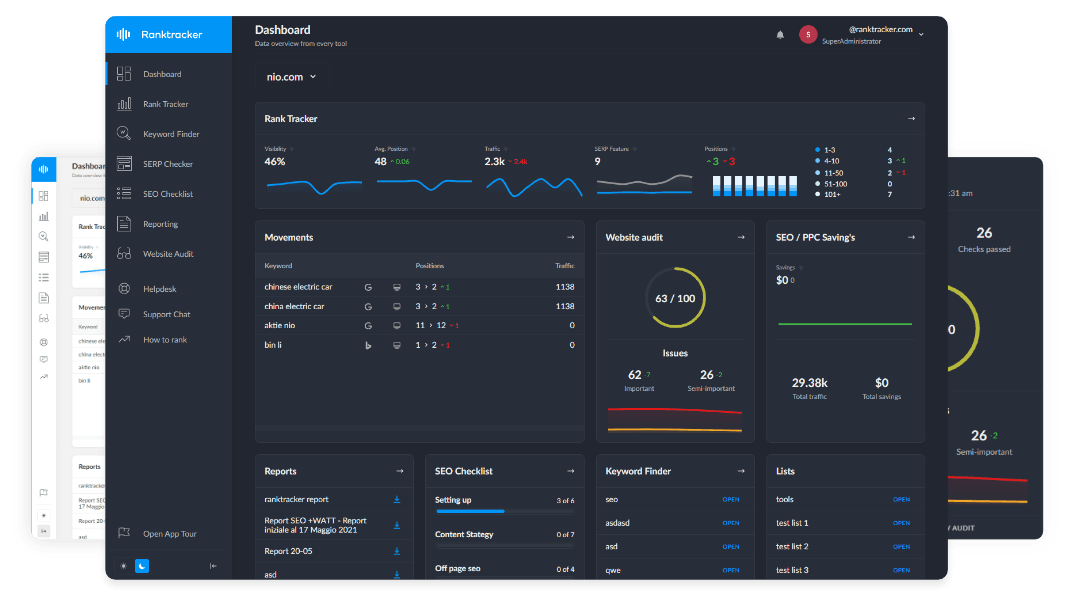Intro
Most people think of Google Search as a tool for finding information, but over the past few years, Google has been evolving into something more: a digital utility belt. One small yet powerful example of this shift is the Google Bubble Level. Simply by typing “bubble level” into a mobile Google search, users can turn their phones into a virtual leveling tool. No app, no installation, just instant functionality.
But beyond being a fun feature for DIY enthusiasts, the Bubble Level tool reveals a broader change in how people use search—and how Google answers those needs without sending users to external websites. This represents a major shift in SEO strategy: the rise of zero-click searches. In this article, we’ll break down what the Bubble Level is, how it works, when people use it, and most importantly, what it means for SEOs in 2025.
What Is the Google Bubble Level?
The Google Bubble Level is a built-in utility that appears directly in mobile search results when users type “bubble level” into the search bar. It works by using the phone’s built-in motion sensors (accelerometer and gyroscope) to measure tilt and balance. The interface mimics a physical spirit level, displaying a moving bubble in a horizontal or vertical line, along with a degree reading to indicate how flat a surface is.
To use it, all you have to do is:
-
Open the Google app or a mobile browser.
-
Search for “bubble level”.
-
Lay your phone flat or upright against a surface.
-
Use the live visual to see if the surface is level or tilted.
It’s available on most modern Android and iOS devices with functional motion sensors, and there’s no need to download anything. It works instantly in the search result itself.
Real-World Use Cases for the Bubble Level
The feature may seem trivial, but it solves real problems instantly, especially in physical contexts where users are offline or in motion. This makes it incredibly useful in a wide range of settings.
Home improvement: Whether you're mounting a shelf, installing kitchen tiles, or hanging artwork, a quick bubble level check can make all the difference between professional-looking results and amateurish mistakes.
Interior design: Designers can use it during staging, framing, or alignment of furniture to ensure aesthetic balance.
Contractors and tradespeople: On job sites, a phone with Google Search becomes a tool for quick surface verification without carrying extra gear.
The All-in-One Platform for Effective SEO
Behind every successful business is a strong SEO campaign. But with countless optimization tools and techniques out there to choose from, it can be hard to know where to start. Well, fear no more, cause I've got just the thing to help. Presenting the Ranktracker all-in-one platform for effective SEO
We have finally opened registration to Ranktracker absolutely free!
Create a free accountOr Sign in using your credentials
On-the-go use: In hotels, rentals, exhibitions, or public installations, it helps verify level surfaces without specialized equipment.
These use cases show that Google is responding to functional intent—users aren’t looking for information, they’re looking for a tool. And Google delivers it directly in the search results.
The Bigger Picture: Google Is Becoming a Utility Platform
The Bubble Level is just one in a growing lineup of embedded tools offered by Google. You can also search for and use the following directly in search results:
-
Calculator
-
Metronome
-
Stopwatch and timer
-
Dice roller
-
Coin flip
-
Speed test
-
Color picker
-
Tic-Tac-Toe
These tools transform Google from a search engine into an interactive platform. In 2025, we’re no longer in a “10 blue links” world. We’re in a world where Google gives users exactly what they need—without a click.
This trend has massive implications for SEO. As Google becomes more self-contained, fewer queries result in traffic to external websites. This phenomenon is known as the zero-click search.
The SEO Impact of Zero-Click Tools Like Bubble Level
The Google Bubble Level might not be a keyword your brand was ever trying to rank for—but its existence illustrates a pattern that affects almost every industry. Here’s what SEOs need to understand:
Search Intent Is Shifting
Many users are no longer looking for content. They’re looking for outcomes. Whether that’s a measurement, a conversion, a decision, or a calculation, users increasingly want fast, actionable answers. Tools like the Bubble Level fulfill this intent immediately.
As a result, queries with functional or utility-based intent are increasingly being answered within Google’s interface. Ranking #1 doesn’t matter if there’s no need to click.
Fewer Opportunities for Traditional CTR
If Google provides an interactive result that solves the user’s problem, fewer people click through to organic listings. This is especially true on mobile, where space is limited and the visual layout favors Google’s tools. These results dominate the top of the page, pushing organic listings further down.
For queries like "BMI calculator", "mortgage estimator", or "bubble level", it’s likely that even if you do rank well, your traffic will be minimal. Users are satisfied without leaving the SERP.
Certain Niches Are More at Risk
Industries with high numbers of calculator or tool-based searches are particularly vulnerable. This includes:
-
Health (calories, BMI, ovulation)
-
Finance (loan, mortgage, savings calculators)
-
DIY and home improvement (tools, converters)
-
Education (math solvers, formulas)
-
Entertainment (games, fun features)
If you’re producing content in these niches, you’ll need to adapt fast.
How SEOs Should Respond to Utility-Based Search Results
Just because Google dominates certain utility-based keywords doesn’t mean you’re out of the game. It means you need to adjust your approach and play to your strengths.
Avoid Over-Targeting Functional Intent Keywords
Use Ranktracker’s Keyword Finder to evaluate whether a keyword is worth pursuing. Check SERP features and identify if it’s a zero-click query. If it is, deprioritize it or reframe your target.
For example, instead of “bubble level,” target “best bubble level apps compared” or “how accurate is Google’s bubble level?” These longer-tail keywords introduce curiosity, depth, and click motivation.
Build Complementary, Not Competitive, Content
If Google offers a calculator, don’t build a calculator—build content that helps people understand how to use it, when not to rely on it, or alternatives with more features.
The All-in-One Platform for Effective SEO
Behind every successful business is a strong SEO campaign. But with countless optimization tools and techniques out there to choose from, it can be hard to know where to start. Well, fear no more, cause I've got just the thing to help. Presenting the Ranktracker all-in-one platform for effective SEO
We have finally opened registration to Ranktracker absolutely free!
Create a free accountOr Sign in using your credentials
In the case of the Bubble Level:
-
Create tutorials: “How to use your phone as a full DIY toolset”
-
Compare tools: “Google Bubble Level vs real spirit level: Accuracy tested”
-
Add value: “Top 10 hidden Google tools every homeowner should know”
Focus on What Google Can’t Do (Yet)
Google tools can answer facts. But they can’t replace judgment, opinion, or customization. Create content that:
-
Offers personal insight or expert commentary
-
Shows in-depth walkthroughs or videos
-
Includes interactive experiences on your own site
-
Builds trust and brand authority around the topic
Track Behavior, Not Just Rankings
Even if you rank, measure whether users are clicking and converting. Use Ranktracker to monitor both keyword positions and real traffic performance. Zero-click keywords often show high impressions but low CTR. Watch for these patterns.
Leverage Featured Snippets and PAA Boxes
If you can’t avoid competing with Google, aim to be the zero-click result. Optimize your content for featured snippets and “People Also Ask” (PAA) boxes. Use structured answers, clean headers, and schema markup to increase your chance of being surfaced.
Final Thoughts
The Google Bubble Level is more than just a fun mobile feature—it’s a symbol of where search is headed. Google is no longer just organizing the web. It’s providing direct answers, tools, and utilities. This is convenient for users, but challenging for SEOs who rely on clicks.
To stay ahead, you must think like Google. Understand the intent behind the query. Ask what the user wants to do, not just what they want to know. Then build content that Google can’t easily replicate—and deliver it in a way that aligns with both the algorithm and the audience.
As Google evolves, so should your SEO strategy. The bubble level may be balanced, but the search landscape is tilting—and the brands that adapt fastest will be the ones that stay standing.
If you want a deeper analysis on which keywords in your niche are being swallowed by zero-click SERP features, Ranktracker’s SERP Checker and Keyword Finder can help uncover the hidden risks—and opportunities.

